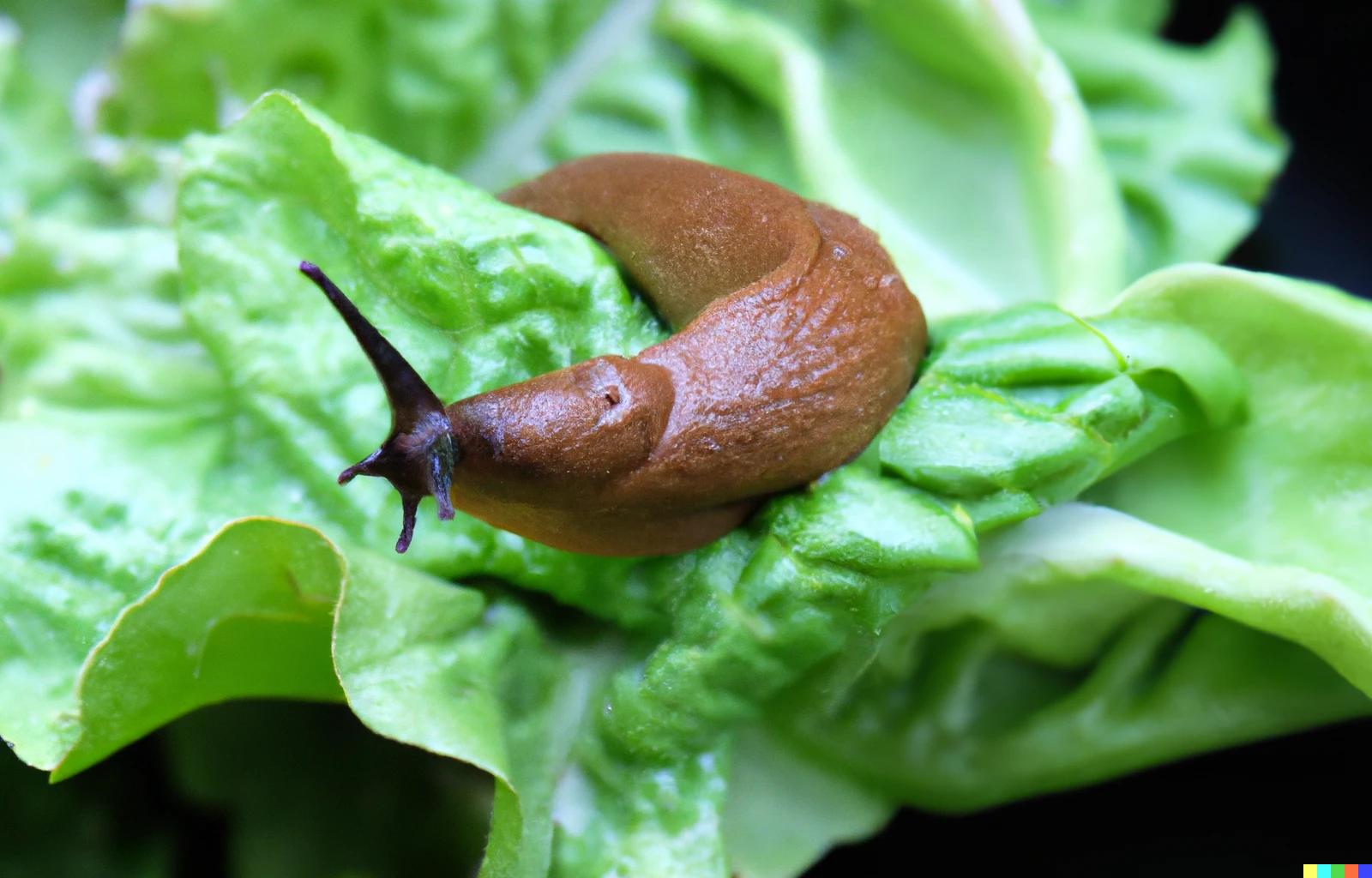7 Common Gardening Mistakes and How to Avoid Them
Gardening can be a fulfilling and rewarding hobby, but it’s not without its challenges. Here are seven common gardening mistakes that beginner gardeners make and how to avoid them.
1. Overwatering
Overwatering is a common mistake that can lead to root rot and other issues. To avoid overwatering, make sure to water your plants only when the soil is dry to the touch, and avoid watering the leaves.
Tip: Different plants desire and tolerate different amount of water. Put plants with similar requirements in the same area of your garden.
2. Underwatering
On the other hand, underwatering can cause your plants to wilt and die. To avoid underwatering, make sure to water your plants deeply and regularly, particularly during hot and dry weather.
Tip: In the heat of the summer, try to water then early in the morning and ideally use water with air temperature.
3. Poor Soil Quality
Poor soil quality can stunt the growth of your plants and make them more susceptible to disease and pests. To avoid poor soil quality, make sure to amend your soil with compost and other organic matter.
Tip: Test your soil. More elaborate test kits exist, but you can start with a simple pH test so you know if you are in the ballpark of what is neutral.
4. Planting in the Wrong Location
Plants have different requirements when it comes to light, soil, and water. To avoid planting in the wrong location, make sure to research the requirements of each plant before you plant them, and choose a location that meets those requirements.
Tip: make the most of what you have. Have a shaded area and you can’t grow peppers there? No problem, put the spinach in that patch.
5. Planting Too Close Together
Plants need space to grow and thrive. To avoid planting too close together, make sure to space your plants according to their mature size, and avoid overcrowding.
Tip: there is a style of gardening where you do plant them so close that they overcrowd the weeds. This works well for some, but usually requires more experience and maintenance.
6. Not Pruning or Deadheading
Pruning and deadheading are important for the health and appearance of your plants. To avoid neglecting pruning and deadheading, make sure to learn the specific requirements for each plant, and set aside time to prune and deadhead regularly.
Tip: if you really do not want to prune your tomatoes, all is not lost. Just give them extra space and nutrients.
7. Ignoring Pests and Diseases
Pests and diseases can quickly damage your plants if left unchecked. To avoid ignoring pests and diseases, make sure to inspect your plants regularly for signs of damage, and take action as soon as you notice a problem.
Tip: only a few invasive pests require strong action. In my area those are slugs, it might be something else in yours. If you create a more natural-looking garden without any pesticides, beneficial pest predators will also join and help you. More on that later on.

Remember, gardening is a learning process, and mistakes are a part of that process. Don’t worry too much about making mistakes, as long as you’re enjoying the process of gardening and learning from your mistakes, your garden will eventually thrive.
Join Our Gardening Newsletter for More Tips
If you enjoyed reading this, don’t hesitate to subscribe to our newsletter for a wealth of gardening knowledge and insights. Stay up-to-date on the latest gardening trends, tips, and know-how, and make your green thumb even greener.



